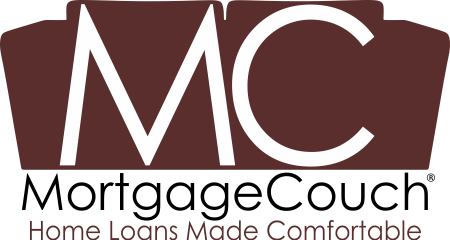New Pew Charitable Trusts analysis shows a growing trend among states to expand the supply of lower-cost, single-family housing, manufactured housing.
Several states in 2024–2025, including Maine, Maryland, New Hampshire, Rhode Island, Kentucky, Oregon, Montana, and Texas, have passed breakthrough legislation to eliminate zoning barriers and allow today’s manufactured homes to be sited where site-built housing is permitted. These reforms signal meaningful progress. Manufactured homes are increasingly seen as a viable, durable, and cost-effective single-family option.
Manufactured homes offer a compelling value proposition. Recent Pew-funded research underscores that factory-built homes cost substantially less per square foot than their site-built counterparts and, when permitted in more neighborhoods, will help moderate-income renters become homeowners.
Despite this, significant barriers remain: outdated perceptions, financing constraints, and zoning restrictions still limit broader adoption. But with state legislation now beginning to shift, the time is ripe for action.
What can we do?
Be aware that so many are hard at work revealing what today’s manufactured housing is. Here are some things we can do to continue to make our story known:
- Promoting Peer Learning
Highlighting recent state legislative wins as case studies for members and other state associations to emulate. Kentucky recently passed House Bill 160, which requires that manufactured homes meeting standards for size, age, and permanent foundations be treated the same as site-built homes in single-family residential zones. Use it as an example of what other states are doing to set a level playing field for MH. It’s a WIN – talk about it. - Engaging with Housing Agencies
Present data on affordability, energy efficiency, and homeowner returns to state housing finance agencies. At the recent meeting of the Florida Housing Coalition, Florida Manufactured Housing Association displayed 2 homes, while dignitaries, like Leslie Gooch, CEO of the Manufactured Housing Institute, spoke on how today’s manufactured housing holds one of the answers to expanding home ownership possibilities. - Launching Education Campaigns
Deploy messaging tools like “Factory-Built = Better Built” backed by data and to combat stigma. Every state association and most manufacturers have an abundance of consumer oriented information touting the innovations and progress in factory-built housing. Use it in your posts – let’s talk about it. - Showcase Real Examples
Display model homes in public-facing settings, emphasizing design, quality, and affordability. MHI is doing this with this year’s Homes on the Hill. Look for opportunities to showcase factory-built housing and influence decision makers. - Retailers can Lead Community Conversations
Host informational sessions for local officials, housing groups, and buyers on topics like resale value, HUD Code standards, and homeownership pathways. This can include plant tours, home tours, and new owner highlights. Conduct open houses in which you can target an audience and bring them to see the innovations and design of manufactured housing. Rinse and repeat. - Tie into Local Incentives
Share how buyers can qualify state-specific first-time buyer, down payment assistance manufactured home programs. Find local non-profits and governmental agency programs that can assist buyers go that last mile in home ownership. Partners are good to have. - Expand Placement Options
Engage with local governments to allow manufactured homes as infill or replacement units, like Montana SB252, in which new state zoning puts MH on the same plane as site built. Leap into spec homes to scale your local presence. - Promote Stability and Quality
Use design standards and site improvements to make manufactured-home developments and communities visually and structurally appealing, addressing neighborhood concerns and building acceptance. Fight NIMBYism.
This matters NOW. It is upon us to accelerate the presence of manufactured housing in housing conversations in every corner of our country. With states starting to remove zoning hurdles, and Pew’s research validating that manufactured housing helps moderate-income households achieve affordable homeownership, alignment between policy, advocacy, and practice is critical.
Continuing to step forward, through legislative engagement, consumer education, and strategic partnerships, WE can make manufactured housing a central, dynamic part of solving the housing crisis.
Manufactured housing sits at the nexus of affordability and quality. With growing regulatory support and consumer demand, it’s time to act. TOGETHER.
The post Unlocking Affordable Homeownership: The Case for Manufactured Housing appeared first on Manufactured Homes.
